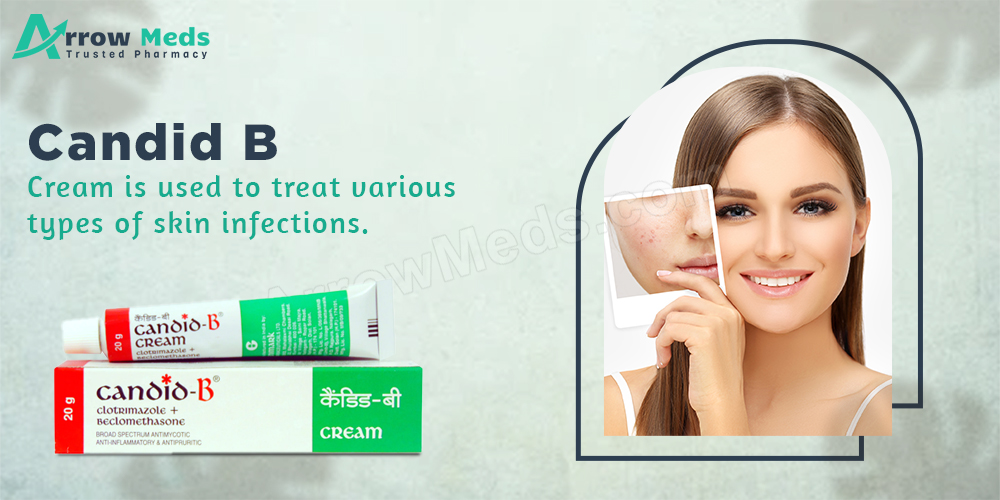Fungal skin infections can be both uncomfortable and unsightly, affecting people of all ages. Fortunately, there are effective treatments available, and one such solution is Candid B Cream. In this article, we will explore what Candid B Cream is, how it works, its uses, and the precautions to take when using it. Say goodbye to fungal skin infections and hello to healthy, clear skin.
1. Introduction
Fungal skin infections are a common ailment that affects people worldwide. They can cause itching, redness, and discomfort, and if left untreated, they can worsen. Fortunately, there are numerous treatments available to combat these infections, one of which is Candid B Cream. In this article, we will explore this solution in detail.
2. Understanding Fungal Skin Infections
Before delving into Candid B Cream, it’s essential to understand fungal skin infections. These infections are caused by various fungi, such as dermatophytes, yeast, and molds. They can occur on different parts of the body, including the feet (athlete’s foot), groin (jock itch), and other areas. Symptoms may include itching, redness, rash, and in some cases, even pain.
3. What Is Candid B Cream?
Candid B Cream is a topical antifungal medication that is designed to treat fungal skin infections. It is a combination of two active ingredients: Clotrimazole and Beclomethasone Dipropionate. Clotrimazole is an antifungal agent, while Beclomethasone Dipropionate is a corticosteroid that reduces itching and inflammation. This combination makes Candid B Cream effective in treating both the infection and the symptoms associated with it.
4. How Does Candid B Cream Work?
Candid B Cream works by targeting the fungal infection and reducing the associated symptoms. Clotrimazole, the antifungal component, inhibits the growth of the fungi responsible for the infection. This helps eliminate the infection over time. Beclomethasone Dipropionate, the corticosteroid, reduces itching and inflammation, providing relief from the discomfort associated with the infection. Together, these two components work to clear the infection and alleviate its symptoms.
5. Common Uses of Candid B Cream
Candid B Cream is commonly used for treating a range of fungal skin infections, including:
- Ringworm: A circular, red rash with healthy skin in the center.
- Athlete’s Foot: A fungal infection that typically affects the feet, causing itching and peeling.
- Jock Itch: A fungal infection in the groin area, leading to itching and redness.
- Diaper Rash: Often seen in infants, this condition can also be fungal in nature.
- Fungal Infections on Other Body Parts: Candid B Cream can be used to treat fungal infections on various parts of the body.
It is crucial to follow your healthcare provider’s instructions or the product label when using Candid B Cream to ensure its effectiveness.
6. Precautions and Considerations
When using Candid B Cream, it’s essential to keep the following precautions in mind:
- Use it only as directed by your healthcare provider or as per the product label.
- Avoid applying it to broken or irritated skin.
- If you experience any unusual or severe side effects, discontinue use and consult a healthcare professional.
- Inform your healthcare provider of any existing medical conditions or medications you are taking to ensure there are no contraindications.
7. Conclusion
Candid B Cream is a valuable tool in the fight against fungal skin infections. With its combination of antifungal and anti-inflammatory properties, it provides relief from the discomfort and itching associated with these infections while treating the root cause. If you are dealing with a fungal skin infection, consult a healthcare professional to determine if Candid B Cream is the right solution for you. Clear, healthy skin is within reach, thanks to Candid B Cream.

